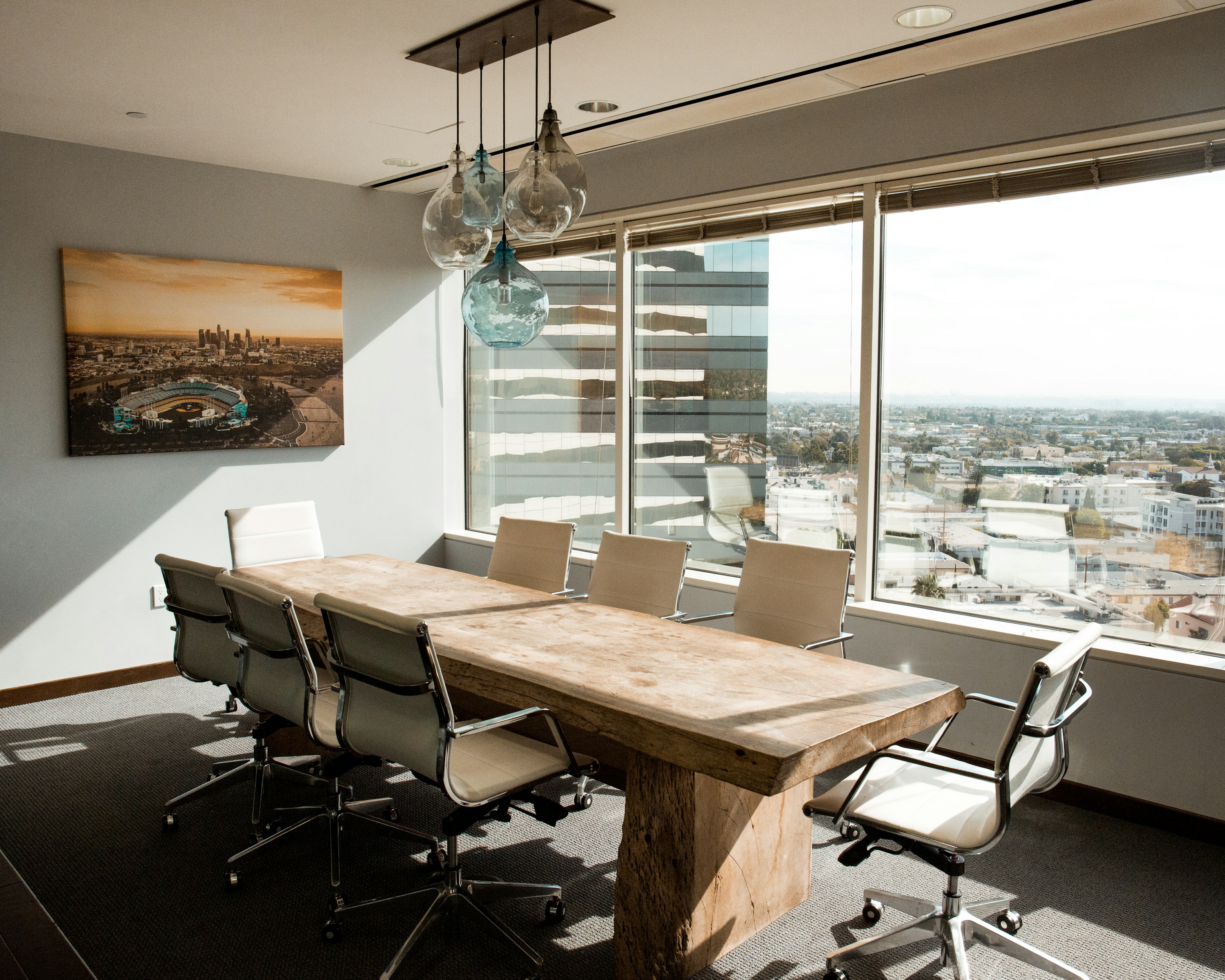The Future of Office Furniture: Innovations and Technological Integration
The Future of Office Furniture: Innovations and Technological Integration
The landscape of office furniture is undergoing a monumental transformation, propelled by technological advancements and a shifting work culture. Traditionally, office furniture primarily catered to functionality, often overlooking the aspect of comfort and innovation. However, in recent years, there has been a paradigm shift towards furniture that not only serves its purpose but also enhances productivity and adapts to evolving work styles.
Technological Integration in Office Furniture
The integration of technology has revolutionized office furniture, ushering in an era of smart, interconnected workspace solutions. Imagine desks equipped with IoT sensors that adjust height and posture based on individual preferences or chairs that monitor posture and suggest ergonomic improvements in real-time. Smart lighting and climate control systems ensure optimal working conditions, enhancing employee comfort and well-being.
Ergonomics in Workspace Design
Ergonomics has become a focal point in modern office furniture design. Furniture now prioritizes the health and comfort of employees, leading to increased productivity and reduced physical strain. Adjustable desks, supportive chairs, and accessories designed to reduce repetitive strain injuries are becoming commonplace in contemporary office setups.
Sustainable Solutions in Office Furniture
The shift towards sustainability is driving the use of eco-friendly materials and designs in office furniture. Companies are embracing recycling and upcycling initiatives, creating furniture that minimizes environmental impact without compromising quality or aesthetics.
Adapting Furniture to Remote Work
With the rise of remote work, furniture adaptable to various settings has gained prominence. Hybrid designs that seamlessly transition between office and home environments offer flexibility to employees, ensuring comfort and functionality wherever they work.
Augmented Reality and Virtual Reality in Furniture Design
The integration of augmented reality (AR) and virtual reality (VR) is revolutionizing furniture shopping and design. AR/VR technologies enable customers to visualize office layouts and customize furniture virtually, streamlining the purchasing process and enhancing customer satisfaction.
Collaborative and Interactive Furniture
Modern workplaces emphasize collaboration, leading to furniture designs that foster teamwork. Interactive furniture incorporating technology encourages engagement and creativity among employees, boosting overall productivity.
Space Optimization in Compact Offices
Compact offices demand space-efficient furniture. Innovative designs that maximize vertical space and offer multifunctionality are gaining traction, enabling companies to utilize limited spaces effectively.
Challenges and Limitations of Innovative Furniture
While innovation in office furniture brings numerous benefits, challenges such as affordability, compatibility, and maintenance remain. High costs associated with advanced technology and ensuring compatibility across systems pose obstacles for widespread adoption.
Future Trends and Predictions
The future of office furniture holds exciting prospects of innovation. Anticipated advancements include further integration of AI, personalized workstations, and furniture capable of adapting to individual preferences seamlessly.
User Experience and Feedback
User feedback plays a pivotal role in refining furniture designs. Companies increasingly value user-centric improvements, incorporating suggestions to enhance the usability and comfort of their furniture.
Corporate Adoption of Innovative Furniture
Numerous businesses are embracing innovative furniture technologies, witnessing tangible improvements in employee satisfaction, productivity, and overall work quality.

